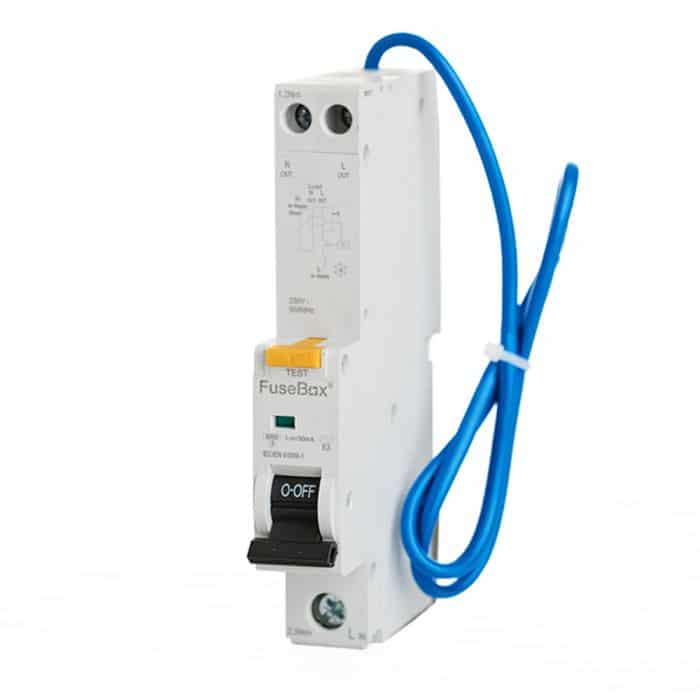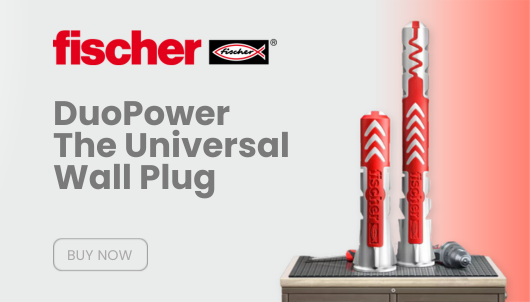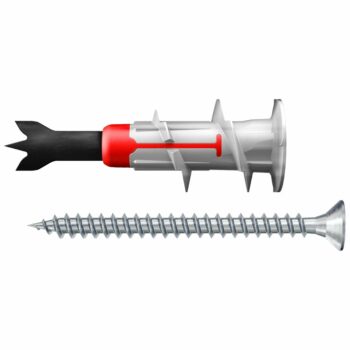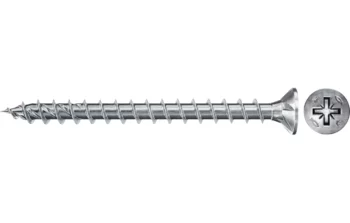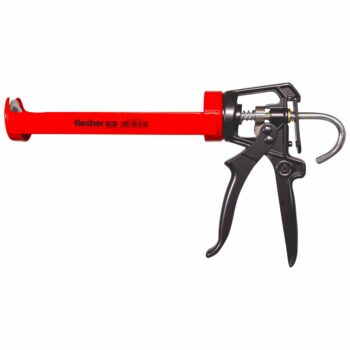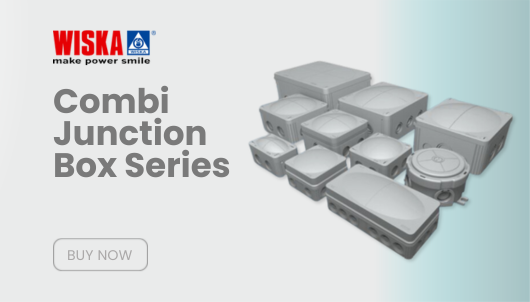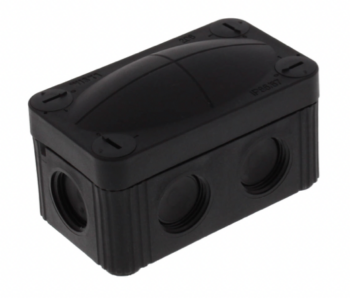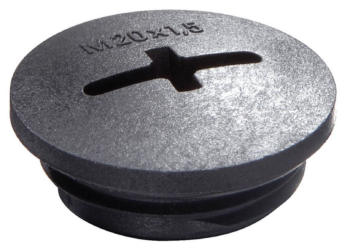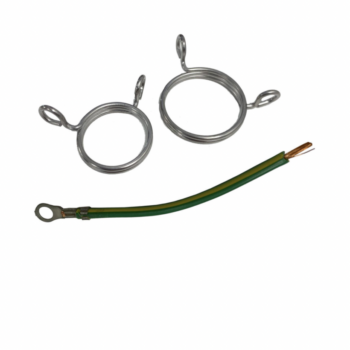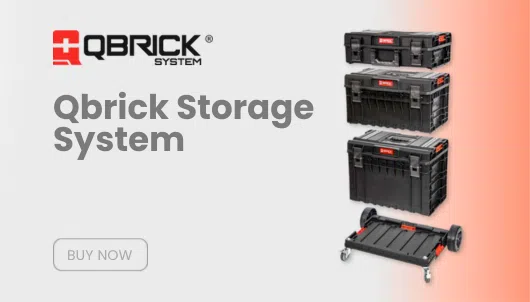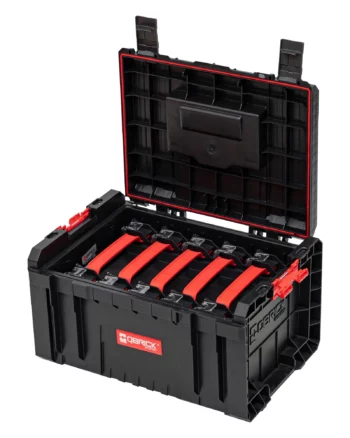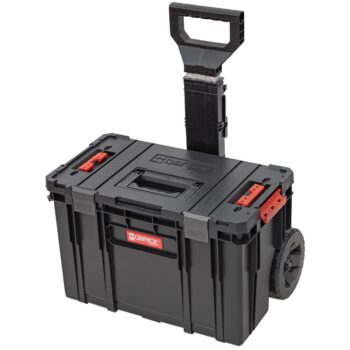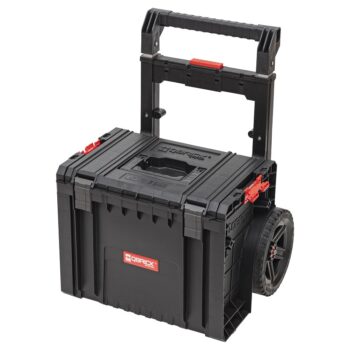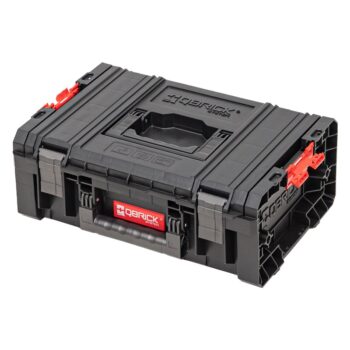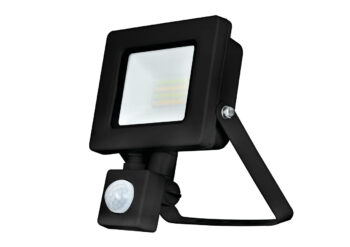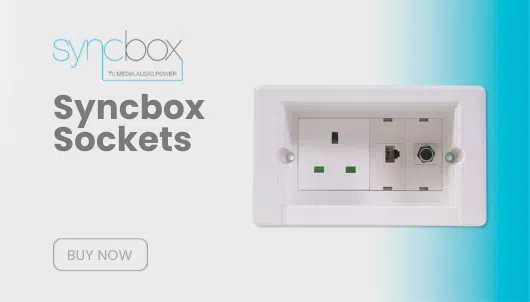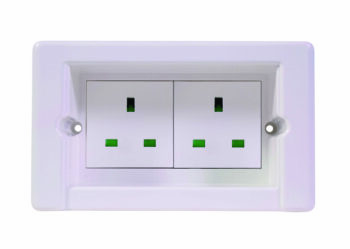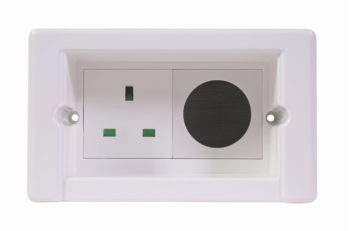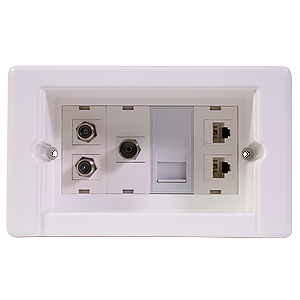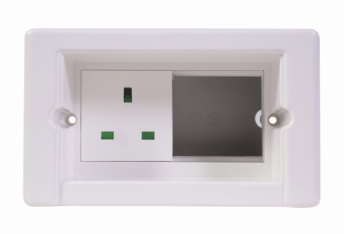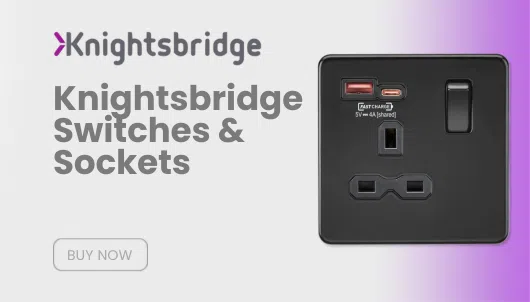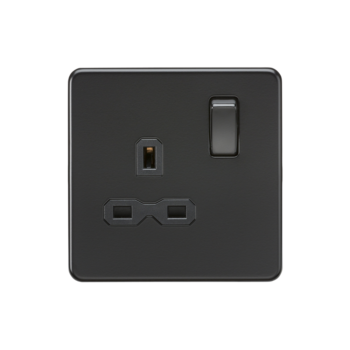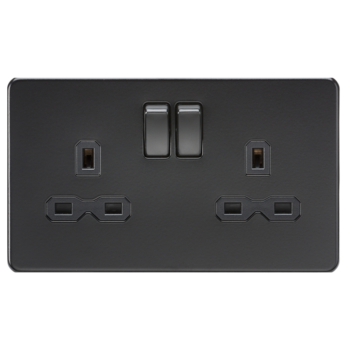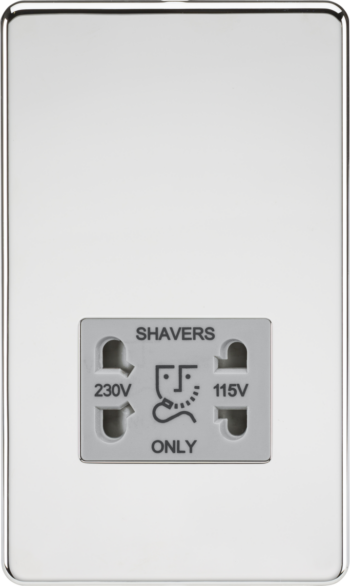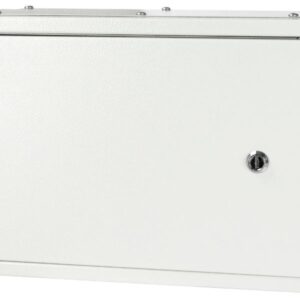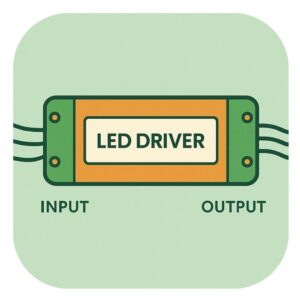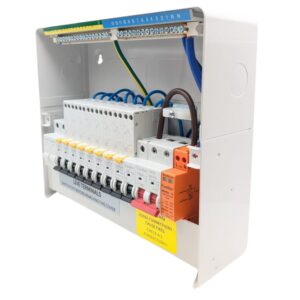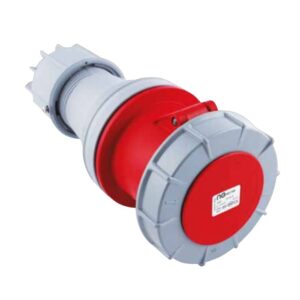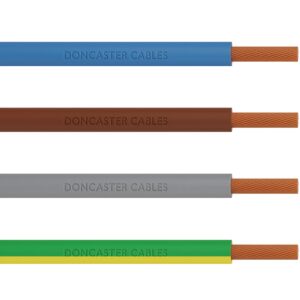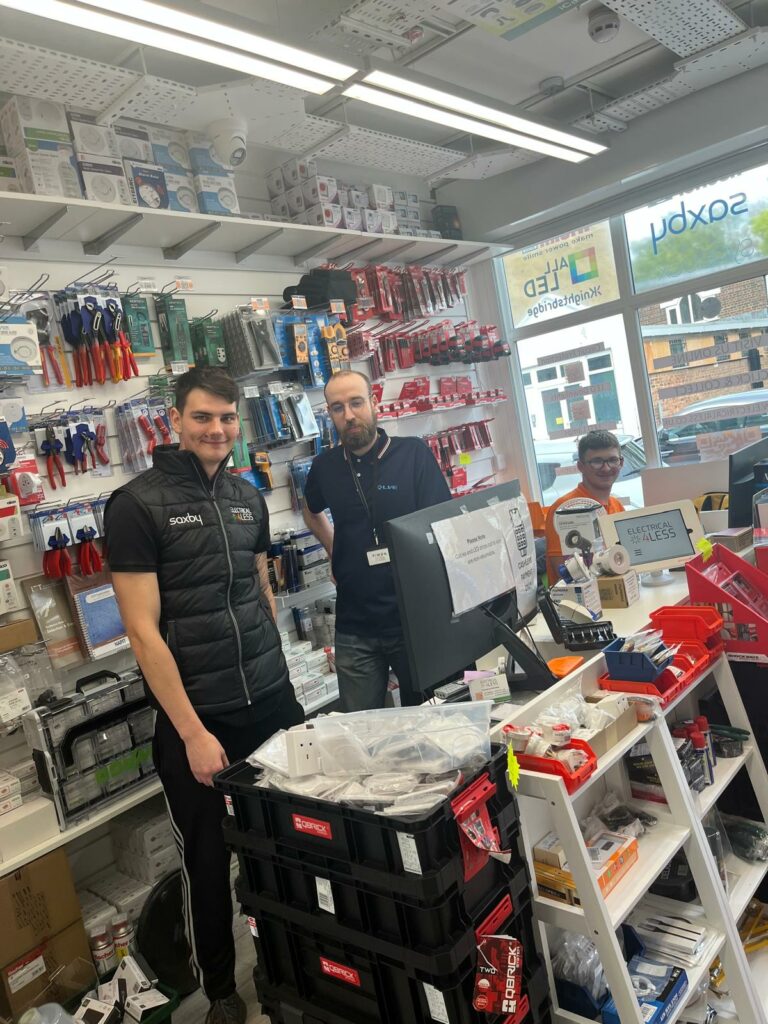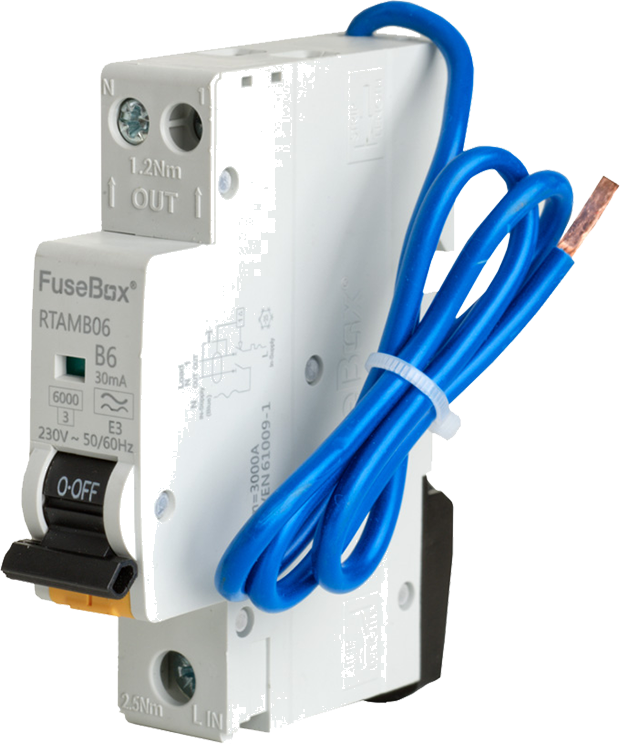
Fusebox RCBOs: Ensuring Safety and Efficiency for Your Electrical System
In today’s ever-evolving world of electrical safety, selecting the right components for your home or business is crucial. One of the most critical devices for any modern electrical setup is the Fusebox RCBO—a cutting-edge solution that provides both overcurrent protection and earth fault protection in one compact unit. Whether you’re upgrading or installing a Fusebox consumer unit, integrating RCBOs is an excellent move to ensure the safety, efficiency, and reliability of your electrical system.
In this comprehensive guide, we will explore everything you need to know about Fusebox RCBOs, including the recent innovation of Fusebox Bidirectional RCBOs—what they are, how they work, why they matter, and how they fit into modern electrical setups. By the end of this post, you’ll have a thorough understanding of these essential devices and be able to make informed decisions when purchasing or installing your own.
1. What is a Fusebox RCBO?
A Fusebox RCBO (Residual Current Circuit Breaker with Overcurrent Protection) is an advanced safety device that combines two critical functionalities: residual current protection (to guard against earth faults) and overcurrent protection (to prevent circuit overloads and short circuits). This dual-purpose device is crucial for safeguarding your home or business from electrical accidents.
The Fusebox RCBO provides the protection that traditional MCBs (Miniature Circuit Breakers) and RCDs (Residual Current Devices) offer but with the added convenience of being a single, space-saving device. Instead of needing separate units to protect against different types of electrical faults, the RCBO handles everything, making it the go-to choice for modern electrical installations.
2. Why Choose a Fusebox RCBO?
When it comes to protecting your home’s or business’s electrical system, the choice of safety devices matters. The Fusebox RCBO stands out for several reasons:
Comprehensive Protection
The Fusebox RCBO combines both overcurrent protection and residual current protection, eliminating the need for separate devices. This ensures that every circuit is protected against overloads and earth faults, giving you peace of mind.
Improved Electrical Safety
With ever-tightening safety regulations, Fusebox RCBOs meet or exceed industry standards, reducing the risk of electrical fires and electrocution. These devices are designed to trip before dangerous faults can cause significant damage.
Reduced Nuisance Tripping
One of the standout features of RCBOs is that they isolate each individual circuit. Unlike RCDs, which can trip multiple circuits simultaneously, RCBOs ensure that only the affected circuit is de-energized. This is especially beneficial in homes with sensitive electronic devices.
Compact and Efficient Design
Fusebox RCBOs are space-saving and designed to fit perfectly into Fusebox consumer units. Their streamlined design makes installation easier, especially in homes or businesses where space is a concern.
3. How Does a Fusebox RCBO Work?
The Fusebox RCBO works by constantly monitoring two things: the amount of current flowing through the circuit and any imbalances in the live and neutral wires. Here’s a breakdown of its dual functionality:
Overcurrent Protection
Each circuit has a limit to the current it can safely carry. When a circuit draws too much power—whether from overloaded appliances or a short circuit—the RCBO detects the excessive current and shuts off the power to prevent damage.
Residual Current Protection
Earth faults occur when current escapes its intended path, possibly traveling through a person or to the ground. RCBOs detect any imbalance between the live and neutral wires, which indicates an earth fault, and disconnect the circuit instantly to prevent electric shocks.
By combining both of these essential functions, a Fusebox RCBO acts as a full-time sentinel, ready to protect your electrical system at the first sign of trouble.
4. RCBO vs. RCD vs. MCB: What’s the Difference?
If you’re new to electrical safety devices, understanding the difference between RCBOs, RCDs, and MCBs can be confusing. Here’s a quick breakdown:
MCB (Miniature Circuit Breaker)
An MCB protects against overcurrent, such as from an overload or short circuit, but it does not protect against earth faults.
RCD (Residual Current Device)
An RCD protects against earth faults but offers no protection against circuit overloads or short circuits.
RCBO (Residual Current Circuit Breaker with Overcurrent Protection)
An RCBO combines the functions of both an RCD and an MCB, offering protection against overcurrent and earth faults in one device.
By combining the functionality of both devices, an RCBO provides a more complete and reliable solution, which is why it’s increasingly becoming the standard in both residential and commercial installations.
5. The Role of a Fusebox Consumer Unit in Modern Electrical Safety
A Fusebox consumer unit is the heart of your electrical system, distributing power to all the circuits in your home or business. It houses essential safety devices like RCBOs, MCBs, and RCDs that monitor and control your electrical circuits, ensuring they operate safely.
Installing Fusebox RCBOs in your consumer unit significantly enhances the overall safety of your electrical system. Each circuit is individually protected against both overcurrent and earth faults, meaning a fault in one circuit won’t cause the entire system to shut down.
Benefits of Fusebox Consumer Units with RCBOs
- Individual Circuit Protection: Ensures each circuit is protected separately, minimizing system-wide failures.
- Easier Fault Diagnosis: When a circuit trips, you’ll know exactly which one has the problem, making troubleshooting quicker and easier.
- Neater Installations: Fusebox consumer units are designed to work seamlessly with RCBOs, ensuring a clean, professional, and compact installation.
6. Key Features of Fusebox RCBOs
When selecting a Fusebox RCBO, certain features are worth paying attention to:
1. Dual Protection
The most important feature is that RCBOs provide both overcurrent protection and earth fault protection, ensuring comprehensive safety.
2. Compact Design
Fusebox RCBOs are known for their space-efficient design, which fits neatly into Fusebox consumer units.
3. Type A Sensitivity
Type A RCBOs detect both AC and pulsating DC fault currents, making them ideal for modern homes with sensitive electronics, such as computers and electric vehicle chargers.
4. High Durability
Fusebox RCBOs are designed for long-term reliability, able to withstand repeated tripping and resetting without compromising safety.
7. How to Choose the Right Fusebox RCBO for Your Home
To select the right Fusebox RCBO, consider the following factors:
- Circuit Load: Ensure the RCBO you select has the appropriate amp rating for the circuit it’s protecting.
- Type of Fault Protection: For most homes, Type A RCBOs are recommended as they detect both AC and DC fault currents.
- Sensitivity Rating: A 30mA RCBO is standard for residential use, protecting against electric shocks and fire hazards.
- Consumer Unit Compatibility: Make sure the RCBOs you choose are compatible with your Fusebox consumer unit.
8. Common Applications of Fusebox RCBOs
Residential Installations
In homes, Fusebox RCBOs are commonly used to protect circuits like lighting, outlets, and appliances from overcurrent and earth faults.
Commercial Buildings
For commercial setups, RCBOs protect essential electrical equipment such as HVAC systems, servers, and other critical devices.
Industrial Installations
In industrial environments, RCBOs are used to safeguard heavy machinery and reduce the risk of electrical hazards.
9. Fusebox Bidirectional RCBOs: The Future of Circuit Protection
As renewable energy systems like solar panels and battery storage become more prevalent, the demand for bidirectional electrical safety devices is growing. This is where Fusebox Bidirectional RCBOs come into play. These advanced RCBOs are designed to handle the unique requirements of bi-directional energy flow—where electricity can flow both to and from the grid or other sources, such as solar panels or electric vehicle chargers.
What is a Bidirectional RCBO?
A bidirectional RCBO is a specialized version of the traditional RCBO that can handle power flow in both directions. While a standard RCBO only monitors current flowing from the grid into your home or building, a bidirectional RCBO can also monitor and protect circuits where electricity is being exported from the premises back to the grid (or stored in a battery).
Why Bidirectional RCBOs Matter in Modern Installations
With the rise of renewable energy and the growing number of homes installing solar panels, wind turbines, and battery storage systems, traditional RCBOs are not always adequate. These new energy systems can reverse the direction of current flow, sending power back into the grid when they produce excess electricity. A bidirectional RCBO ensures that your system is protected from faults no matter which direction the current is flowing.
Key Benefits of Fusebox Bidirectional RCBOs
- Increased Safety for Renewable Energy Systems: Ensures that homes with solar panels and other renewables are just as safe as traditional setups.
- Versatile Protection: Handles bi-directional current flow, which is becoming increasingly common as we move toward more self-sufficient energy systems.
- Energy Efficiency: Improves overall system performance by optimizing energy use and protection in both directions.
10. Installation Tips: Best Practices for Fusebox RCBOs
While installing a Fusebox RCBO is straightforward for a qualified electrician, some best practices can ensure optimal performance and longevity:
- Label Each Circuit: Labeling helps with future troubleshooting and ensures clear identification of protected circuits.
- Check Compatibility: Ensure that the RCBOs are compatible with your Fusebox consumer unit.
- Regular Testing: Test the RCBO periodically using the built-in test button to ensure it functions properly.
11. Future-Proofing Your Electrical System with Fusebox RCBOs
As electrical systems become more complex with the integration of electric vehicles, renewables, and smart home technology, ensuring you have the right protection in place is more critical than ever. Fusebox RCBOs, particularly bidirectional RCBOs, are designed to meet these future needs by offering superior protection for both traditional and modern setups.
12. Predicting the Future of Fusebox RCBOs: What Will They Look Like in 100 Years?
Looking forward, we can expect Fusebox RCBOs to become even more intelligent and integrated with smart home and smart grid technologies. Imagine an RCBO that not only detects faults but predicts them, sending alerts to your smartphone before a trip even occurs. It could also communicate directly with your solar panels and battery storage system to optimize energy flow and ensure your home is always operating at peak efficiency. And who knows, in 100 years, we might see RCBOs that can self-heal circuits before they even trip, making electrical faults a thing of the past.
13. Conclusion
Fusebox RCBOs offer an unparalleled combination of safety and convenience, protecting your electrical circuits from both overcurrent and earth faults. With the addition of bidirectional RCBOs, Fusebox is ready to meet the needs of modern homes that integrate renewable energy systems like solar panels and battery storage. By choosing Fusebox RCBOs, you’re making a sound investment in the safety and efficiency of your electrical system—one that will continue to pay off as electrical standards evolve in the years to come.
14. FAQs: Everything You Need to Know About Fusebox RCBOs
A Fusebox RCBO is a safety device that protects against both overcurrent and earth faults in a single unit.
A bidirectional RCBO can handle current flow in both directions, making it ideal for homes with renewable energy systems like solar panels.
Yes, a bidirectional RCBO is designed specifically to protect circuits with bidirectional power flow, such as those involving solar panels.
If your home generates electricity from renewable sources like solar panels, a bidirectional RCBO is a smart choice for protecting your circuits.
RCBOs should be tested regularly—typically once every 6 to 12 months—using the test button to ensure they are functioning correctly.
Type A RCBOs detect both AC and pulsating DC currents, while Type AC RCBOs only detect AC currents.
Frequent tripping can indicate a problem with your wiring or appliances. However, RCBOs trip only when necessary to prevent faults.
Installation of an RCBO should always be carried out by a qualified electrician.
A bidirectional RCBO protects circuits by monitoring current flow in both directions, ensuring safety in systems that both consume and produce electricity.
With proper maintenance, Fusebox RCBOs can last for many years, though regular testing is recommended to ensure optimal functionality.
If an RCBO trips, the switch will move to the “off” position, indicating that the circuit has been disconnected due to a fault.
RCBOs trip due to overcurrent, short circuits, or earth faults.
Yes, once the fault is resolved, you can reset the RCBO by flipping the switch back to the “on” position.
For optimal safety, it’s recommended to install an RCBO on each individual circuit.
While MCBs only protect against overcurrent, RCBOs protect against both overcurrent and earth faults.
Yes, RCBOs are typically more expensive than MCBs, but they offer more comprehensive protection.
A 30mA sensitivity is standard for residential use, providing protection against electric shock and fire hazards.
You’ll need to consult an electrician who can assess your existing system and replace old protection devices with RCBOs.

